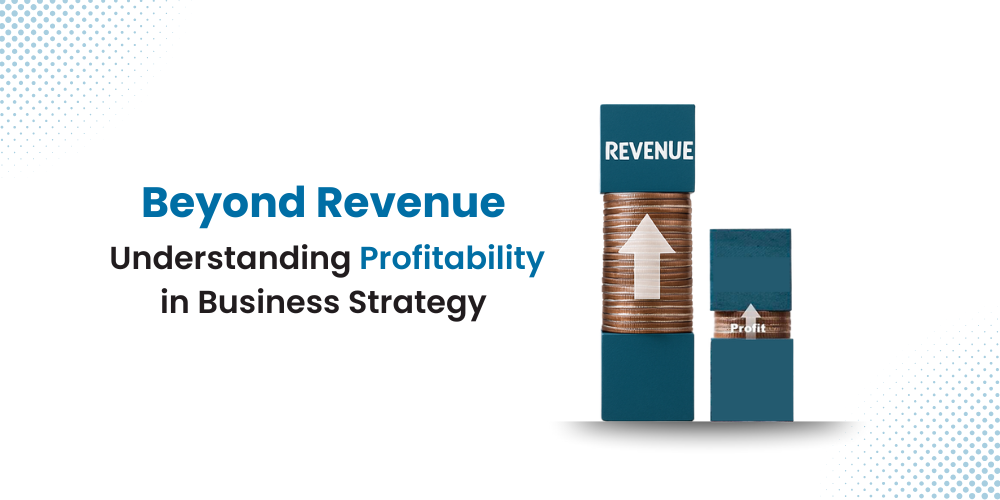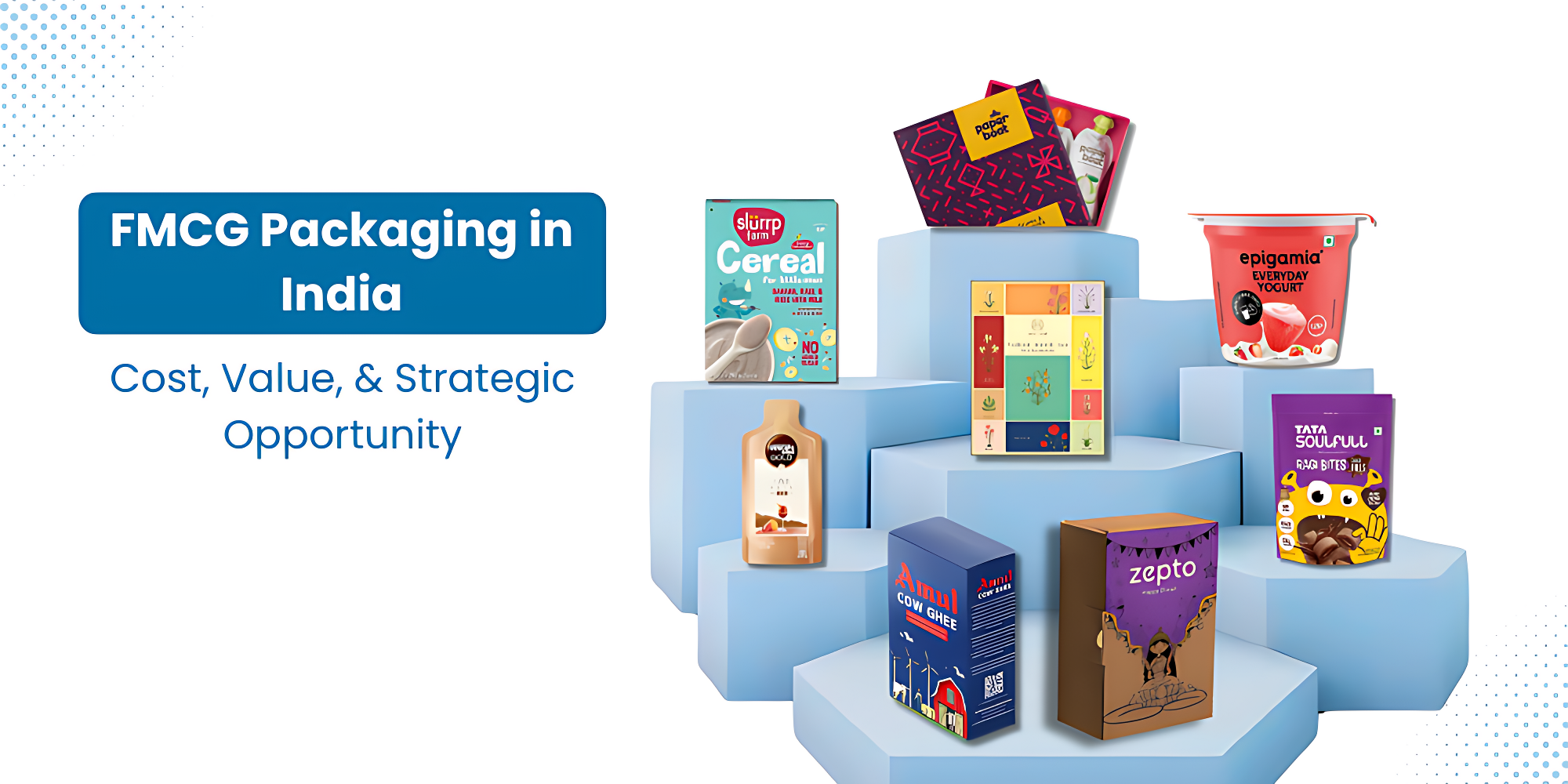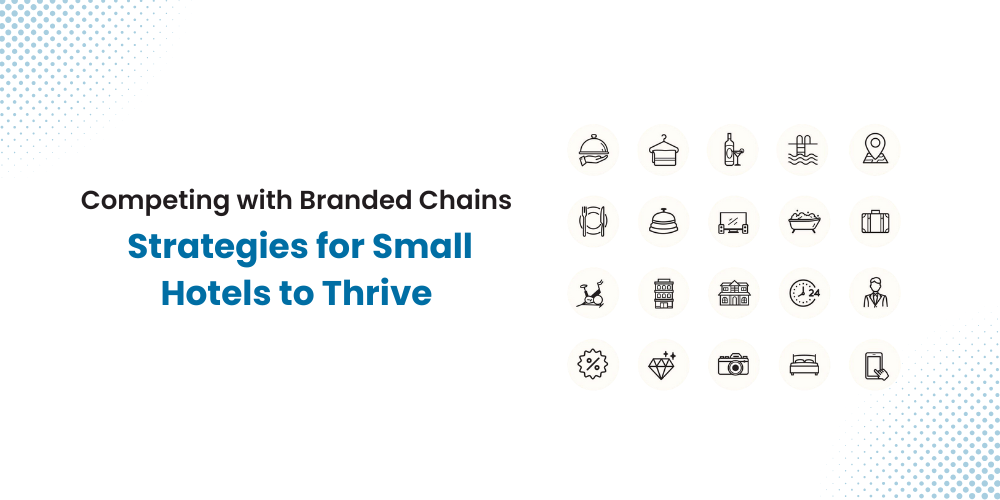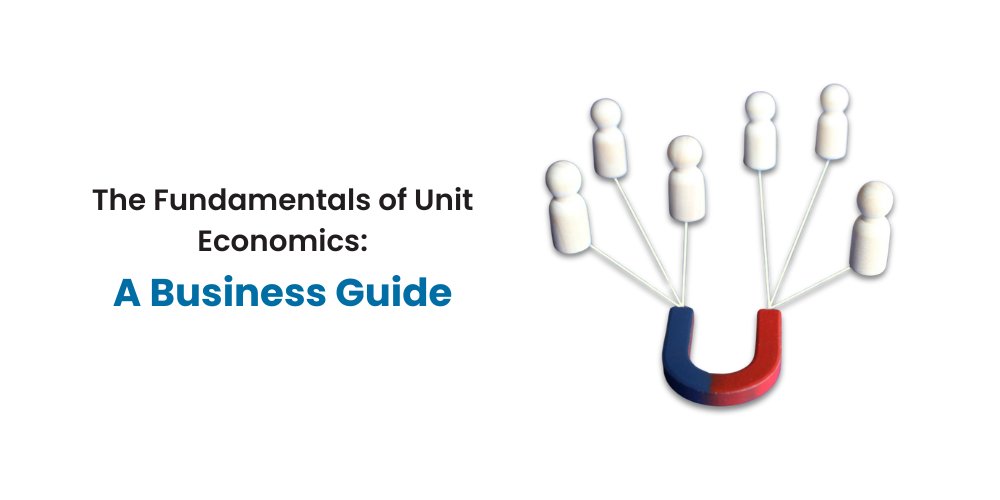Insights
Understanding what matters
Our insights provide both critical context and actionable direction
From viral videos to bestselling books, we’re culturally conditioned to equate popularity with success. In business, that translates to an obsession with top-selling products—the ones that command prime shelf space, and capture media buzz.
Profitability is the backbone of any sustainable business, yet it often takes a backseat to the race for revenue growth and market dominance. In times of high valuations and aggressive expansion, many companies lose sight of a fundamental truth.
Packaging has evolved beyond its traditional role of protecting products—it is now a critical business tool shaping the fast-moving consumer goods industry in India.influences cost efficiency, brand perception, supply chain optimization, and regulatory compliance.
While the affluent class is growing, it still represents only a small proportion of the Indian consumer market. Thus, brands relying solely on premiumisation as a category may face scalability challenges.
The growth in the Indian hotel industry has been surging post-COVID-19 due to rising tourism. Currently fragmented between large branded chains and small hotel groups, this industry is projected to grow at a CAGR of 4.73% between 2024 and 2029, as per IBEF.
As per Redseer’s Report on Indian Startup Landscape, the number of unicorns focused on profitability rose 1.5x in 2024 compared with 2022. However, this shift did not come at once but was led by a series of events in the Indian startup industry.
With the startup boom in India, it becomes evident for every entrepreneur to not only master their product but to master their finances as well. However, most startups fail in India due to a lack of understanding of their business finances.
Pricing is one of the most powerful tools in a founder’s kit, yet the most overlooked one. A pricing strategy isn’t just about covering costs, it goes beyond- shapes customer perceptions and builds brand positioning.








